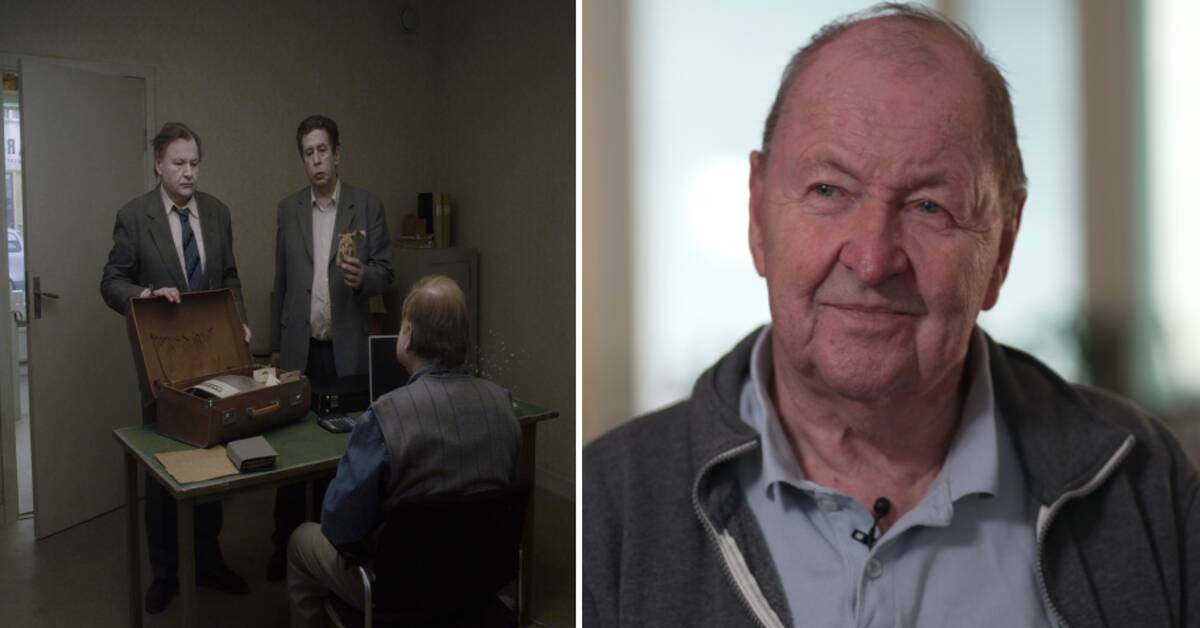With the debut "A Love Story", 27-year-old Roy Andersson captured the hearts of both the audience and the critics. The sequel "Giliap", on the other hand, made him leave the feature film.
During his twenty-five years outside, he instead refined his filmmaking through about a hundred commercials.
"You don't stand and stomp on the same spot when you create, but you try to develop. After all, it is not the close-ups in art history that are the most interesting, but those that tell people about the conditions," says Roy Andersson.
The legendary film studio
Mårten Blomkvist's biography "Songs from the Folk Home" depicts Roy Andersson's life from his childhood years in Gothenburg, his studies in Lund, to his years at the film school and the emergence of the distinctive artistry.
Above all, it tells about the legendary film studio at Sibyllegatan 24 in Stockholm. After much searching, he found 1981 – the perfect venue in an old pawnshop.
"It turned out that the whole house was for sale. How to resist that temptation? Then I didn't have to ask the housekeeper for permission to move walls and lower the floor. I could do anything. It was an amazing feeling!
"Man – a tragic creature"
With "Songs from the Second Floor" (2000), Roy Andersson made the feature film comeback, then came the award-winning live trilogy: "Du levande" (2007), "A pigeon sat on a branch and thought about life" (2014) and "About the infinite" (2019).
His unique style of long takes, advanced set design and white-make-up, often despairing characters, is, according to himself, about paying attention to the vulnerable human being.
"In a way, humans are quite a tragic creature. We are born with the ability to fantasize and create a future, but it is only enough like that 80-90 years. Then it's over. And we do everything to forget that.
Hear more in the clip above.

